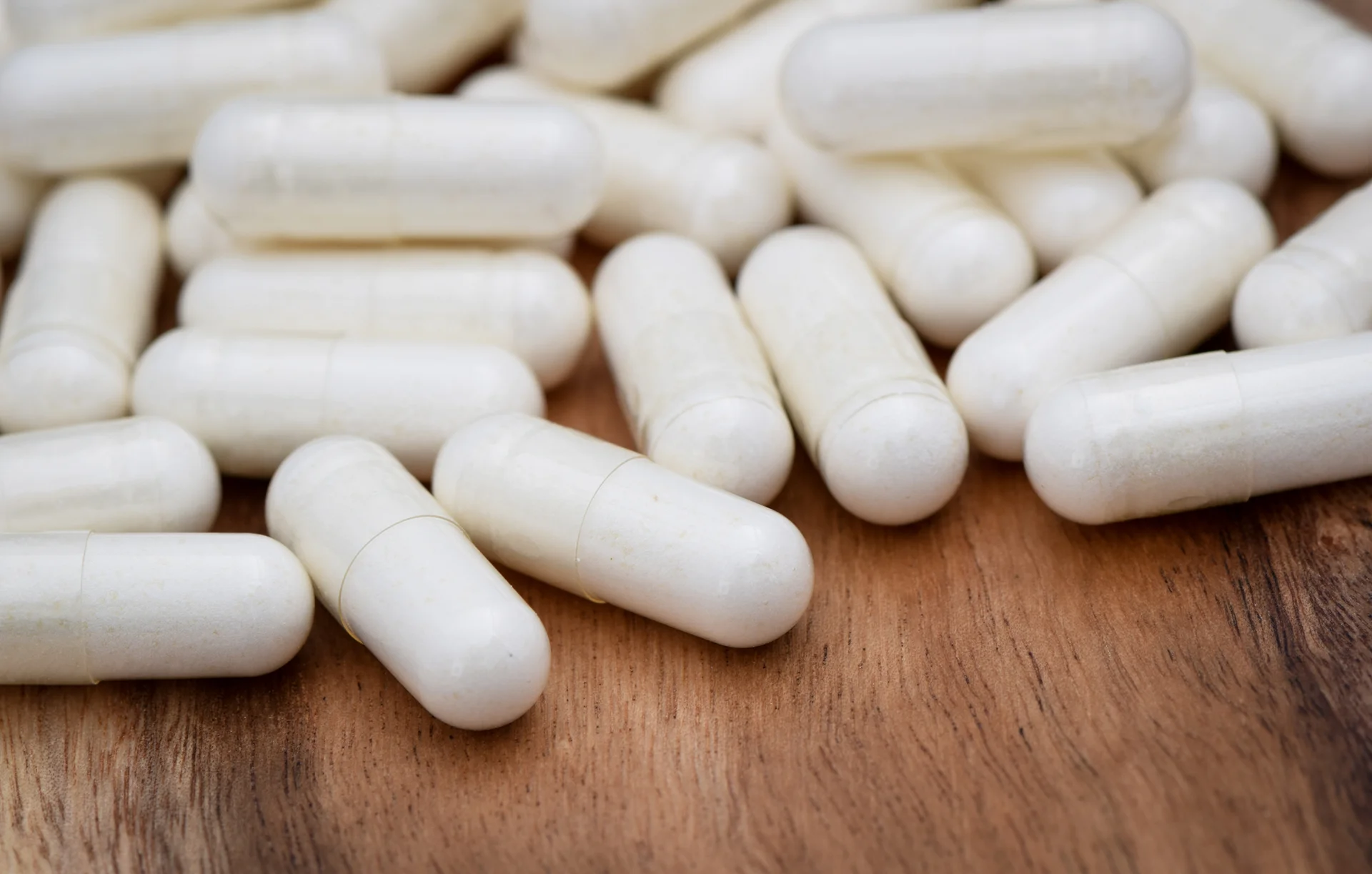The Tiny Engine Driving Your Health
Diamine oxidase (DAO) is a type of copper-containing amine oxidase that catalyzes the oxidative deamination of primary amines, such as histamine, putrescine, and cadaverine. DAO is an important enzyme found in mammals and insects that helps regulate the levels of biogenic amines in the body. It plays a crucial role in degrading histamine, which is a potent vasodilator involved in immune and inflammatory responses.
DAO is mainly found in the cells that line the surfaces of organs and in smooth muscle cells. It can be located in several tissues and organs like the small intestine, liver, kidney, placenta, and brain. Dysfunction of DAO has been linked to allergic and inflammatory disorders, such as histamine intolerance, migraine, irritable bowel syndrome, and asthma. In this article, we will explore what Copper is in DAO, its structure, function, and properties.
Role of Copper in Diamine Oxidase
Copper DAO (CuDAO) is an essential enzyme that plays a critical role in the metabolism of polyamines. This enzyme can be found in many living things, including bacteria and mammals. The active site of DAO comprises a copper ion that coordinates with the substrate and plays a crucial role in catalyzing the oxidative deamination reaction of diamines to produce ammonia and hydrogen peroxide.
One of the most important roles of copper in DAO is its ability to act as a redox-active cofactor. The copper ion in the active site of DAO can alternate between its reduced and oxidized states during the oxidative deamination reaction. This process includes transferring electrons from the substrate to the copper ion, which then becomes oxidized and deaminates the substrate. The copper ion is then reduced, and the process can continue.
DAO is found in various tissues, and copper is an essential component for proper DAO function. Copper is primarily obtained through the diet and is a vital micronutrient required for various metabolic processes. The primary dietary sources of copper include nuts, legumes, whole grains, and seafood. The liver is the primary organ for copper uptake and storage in the body.
Structure of Copper DAO
The crystal structure of copper DAO from pea seedlings (PDAO) revealed that PDAO consists of four identical subunits, each containing an active site with a copper ion coordinated by histidine and tyrosine residues. The structure also showed that PDAO has two domains, the larger domain, and the smaller domain, which are connected by a hinge region. The active site is located at the interface of these two domains, and the copper ion is situated in the center of a barrel-shaped structure formed by repeated β-strands.
Sources of Copper Diamine Oxidase
CuDAO is found in a wide range of organisms, including bacteria, fungi, plants, and animals. In humans, CuDAO is primarily expressed in the kidney, intestine, and placenta, and is also present in trace amounts in the liver and brain.
In plants, CuDAO is abundant in pea seedlings, where it plays a role in nitrogen metabolism. Furthermore, CuDAO has been identified in some bacteria, where it is involved in the degradation of polyamines.
Pea Seedling Extracts
Pea seedling extracts possess high levels of CuDAO activity and can be obtained in large quantities, making them ideal for the purification of the enzyme. The process of obtaining pea seedling extracts involves several steps. These include:
- Pea seeds are germinated and grown in darkness for several days to induce the formation of the CuDAO enzyme.
- The seedlings are then homogenized in a buffer, and the resulting slurry is centrifuged to remove debris.
- The supernatant is then treated with ammonium sulfate to precipitate out unwanted proteins, leaving behind a fraction enriched with CuDAO. This fraction is further purified using a gel assay or chemiluminescence activity assay to isolate the CuDAO enzyme.
Pig Kidney Extracts
Pig kidney diamine oxidase (PKDAO), like other copper-containing amine oxidases, contains a unique combination of the prosthetic group pyridoxal phosphate (PLP) and a copper ion at its catalytic center. The enzyme is highly specific for diamines, and it preferentially oxidizes putrescine and cadaverine, which are primary amines.
Epithelial Cells and Smooth Muscle Cells
Epithelial cells and smooth muscle cells, which are found in various tissues throughout the body, are two types of cells that express CuDAO. Epithelial cells are mainly responsible for moving molecules across cell layers, whereas smooth muscle cells regulate the contraction and relaxation of blood vessels and other organs.
CuDAO in epithelial cells and smooth muscle cells catalyzes the oxidative deamination of histamine and other biogenic amines, which are involved in various physiological and pathological processes. The enzyme eliminates the amino group from histamine, which results in the formation of imidazole acetaldehyde. This metabolite of histamine has been suggested to play a role in regulating inflammatory responses.
Applications for Copper Diamine Oxidase

Copper diamine oxidase has numerous potential applications based on its unique enzymatic properties. This enzyme is of interest in many fields including pharmacology, biotechnology, and food production.
1. Treatment of Histamine Intolerance
One potential application for copper diamine oxidase is in the treatment of histamine intolerance. Histamine intolerance is a condition where individuals have trouble metabolizing histamine due to a deficiency in diamine oxidase. By providing diamine oxidase supplementation, individuals with histamine intolerance may be able to better tolerate histamine-containing foods and reduce gastrointestinal symptoms.
2. Production of Dietary Supplements
Another potential application for copper diamine oxidase is in the production of dietary supplements. Since this enzyme can contribute to the breakdown of putrescine and cadaverine, two compounds commonly found in foods, such supplements may help reduce the risk of certain chronic diseases like heart disease.
3. Application in Biotechnology
Copper diamine oxidase also has potential applications in biotechnology. This enzyme can be employed in the removal of toxic primary amines from wastewater. Copper diamine oxidase can use these toxic primary amines as a substrate for oxidative deamination, generating aldehydes and ammonia which can then be efficiently removed.
Regulation of CuDAO
The regulation of copper diamine oxidase in the body can be influenced by various factors, including diet, drugs, and diseases. Here are some ways to regulate CuDAO in the body:
| Factors | Examples | Effect on CDAO Activity |
| Diet | Vitamin B6, copper, zinc | Can affect CDAO activity by providing necessary cofactors and trace elements. |
| Drugs | Antihistamines, histamine-releasing agents | Can modulate CDAO activity indirectly by affecting the levels of histamine or other substrates of CDAO. |
| Diseases | Chronic kidney disease, inflammatory bowel disease | Can affect CDAO expression or activity. |
| Lifestyle factors | Stress, exercise | Can influence CDAO activity. Stress hormones can inhibit CDAO activity while exercise has been shown to increase CDAO expression in skeletal muscle. |
Suppose you are worried about your CDAO activity. In that case, it is recommended to discuss with a healthcare professional who can assess your particular situation and advise on suitable interventions. Talk to the experts from SeeBeyond Shop today to know what DAO supplements can help you regulate your CuDAO levels.
Conclusion
In conclusion, copper DAO plays a critical role in the metabolism of polyamines and degrading histamine. It is an essential enzyme found in various tissues and is primarily obtained through the diet. Copper in DAO acts as a redox-active cofactor and is necessary for proper DAO function. Understanding the part of copper in DAO, its structure, function, and properties can offer valuable insights into the pathophysiology of diseases linked with DAO dysfunction. It may also lead to the creation of innovative therapeutic methods.
